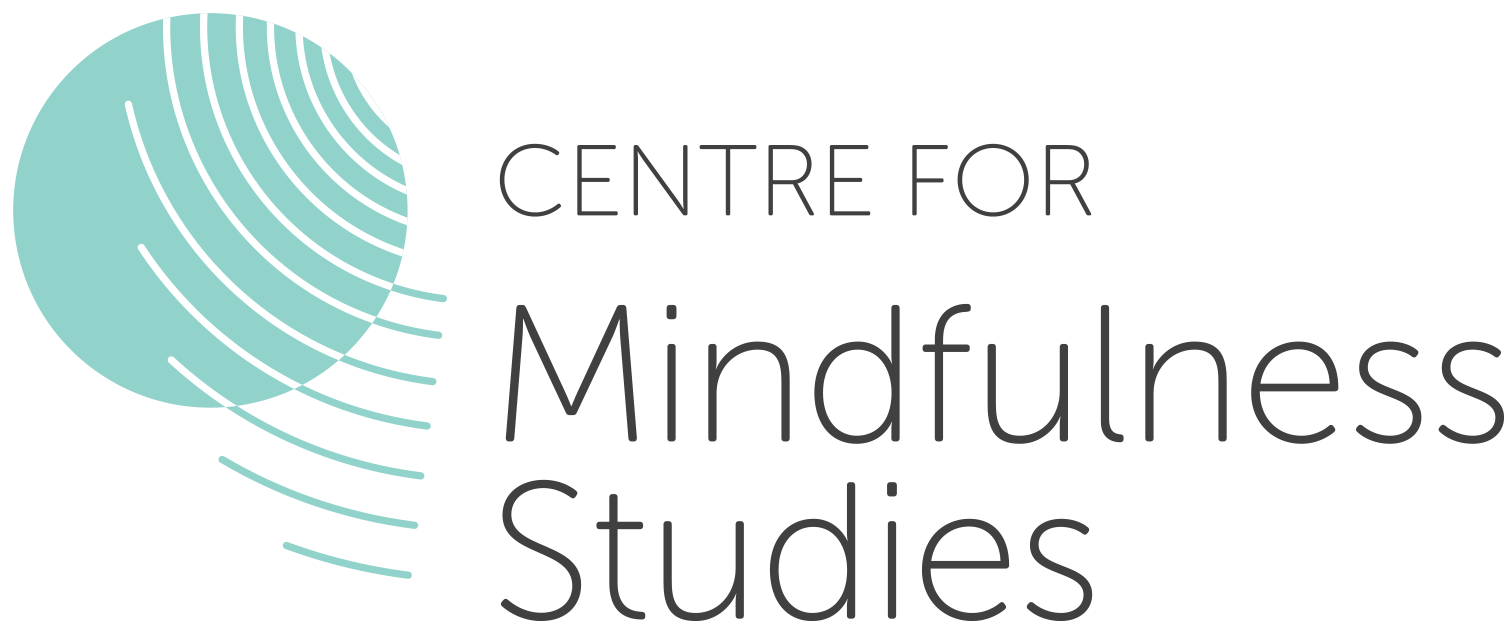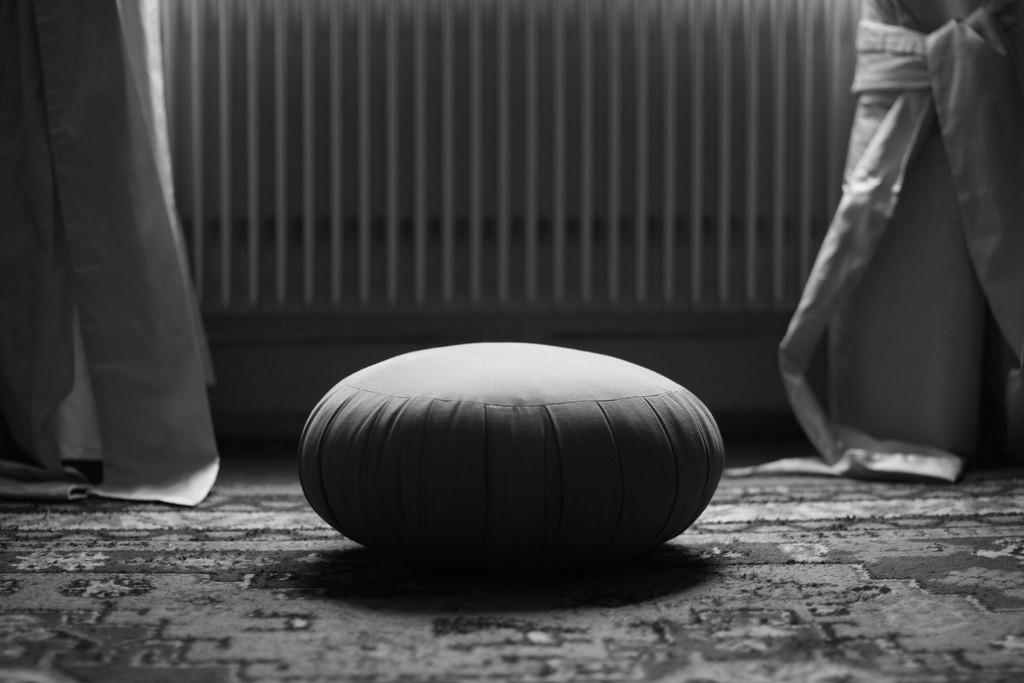I remember the first time I was able to become curious when distressed. It was a after a gruelling two week trip to Peru with a group engaged in charity work while I was waiting to leave the airport with my husband. He was busy saying good-bye to our fellow travellers who I was more than happy to be leaving behind.
The longer I waited the more I noticed irritability, impatience and thoughts of how inconsiderate he was, coming up. I made the conscious decision to tell him.
When I did, he, of course, immediately got mad and defensive. Suddenly, I had a new thought, “I have the opportunity to work with this.”
Seeing what was present I could feel the impulse to tell him more of what I was thinking about him. Instead, I checked in with the body, getting curious about my immediate sensorial experience. I noted, burning in the abdomen and diaphragm, tightening of the throat and frowning in the forehead. Rather than getting into a fight, I stayed with the sensations, watching them with “investigative curiosity,” as they proceeded to shift. The abdomen relaxed, the jaw softened and finally, the dot of tension in the forehead disappeared and with it went the anger.
Asking a question (or many questions) to investigate our experience is called inquiry. So, what exactly is inquiry when it comes to mindfulness?
When we inquire we are bringing in a kind of “Columbo” frame of mind, asking, “What is this?” or “What am I noticing now?” It is the opposite of what happens when we are reactive. Then we tend to close down, become rigid, certain of our position and rightness. Using inquiry in our mindfulness practice is about getting comfortable with not having answers or knowing how it will all turn out, but instead tracking experience as it is occurring in the moment versus getting lost in the story about it. When we inquire, we ask, “What am I noticing in the body, in thoughts and emotions?” We turn toward our physical sensations, disrupting the tendency to ruminate, compare or obsess. We can step back and observe what is happening rather than being gripped by turbulent emotional states.
It’s about being interested in whatever is showing up, whether it is desired or unwanted. It means being compassionate to your self. After all, it’s hard to be open and curious if you’re beating yourself up.
As I watched what was happening in my body instead of analyzing or problem solving a change in my relationship to the issue transpired. I was able to directly witness impermanence and how thoughts, emotions and sensations shift so quickly. No longer angry, I could perceive the event differently and have more choice about what I wanted to do next.
I kissed his cheek, noticing the rough feel of his skin on my lips, grateful that the conflict had diminished. The body has a language of its own and when we inquire into its experience, the answers are often unexpected. By asking, “What is happening now?” we can bring a more open and flexible attitude to life that offers more choice around how we want to respond.


